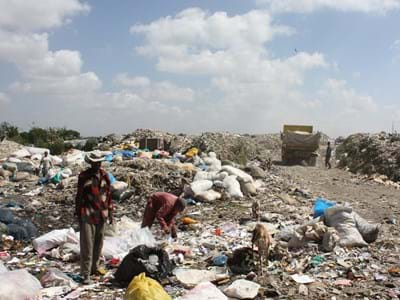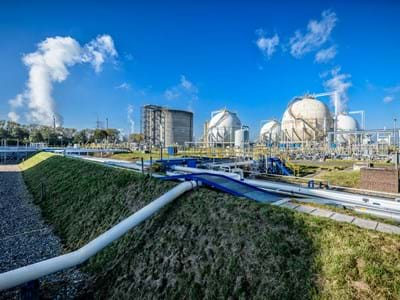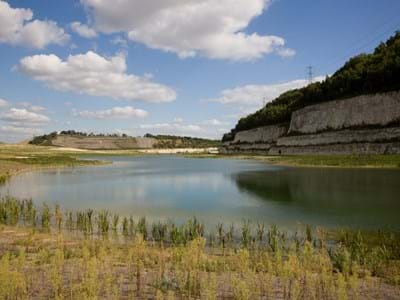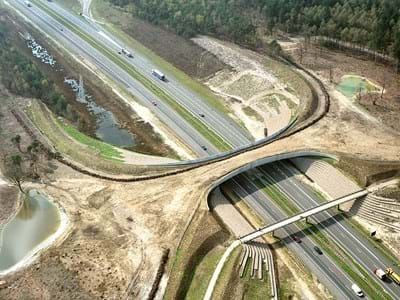
After the introduction of Trisoplast in the environmental sector, it was quickly embraced in the mining sector as well. There, it primarily serves as a mineral liner. Trisoplast is now being used at an increasing number of locations worldwide.
A Reliable, safe, and sustainable solution
Especially during processing in the mining industry, often (highly) contaminated substances are released. These waste materials or unusable construction materials are usually stored near the mine. To prevent these materials from leaking into the soil, groundwater, or air, it is crucial to use a well-insulating and sustainable solution. The stability of such storage sites is also important. Sluggish waste materials, often in the form of thickened sludge (or 'paste'), or waste heaps that easily allow large quantities of rainwater to enter, can cause significant stability problems. This makes them a danger to the environment. A good water-sealing protective layer is crucial for both the environment and safety. Trisoplast is increasingly becoming the trusted solution in the mining sector.
The effectiveness of Trisoplast
Trisoplast is highly effective in mining because its properties meet the wishes and demands of this sector. It is a very robust and durable construction material that lasts a long time and resists many 'troublesome' substances in leachate from mining waste. It is much more resistant to heavy wet and dry cycles and other climatic conditions than alternatives. Often, (local) clay is used for this purpose, which can rupture. Thanks to its high plastic properties, Trisoplast adapts to an unstable subsurface. Additionally, it is quick and easy to apply, thanks to mobile mixing installations and the use of local raw materials, even in hard-to-reach locations.
Trisoplast saves organizations on transportation, installation, and raw materials. This makes sites safer and prevents the emission of large amounts of CO2.




